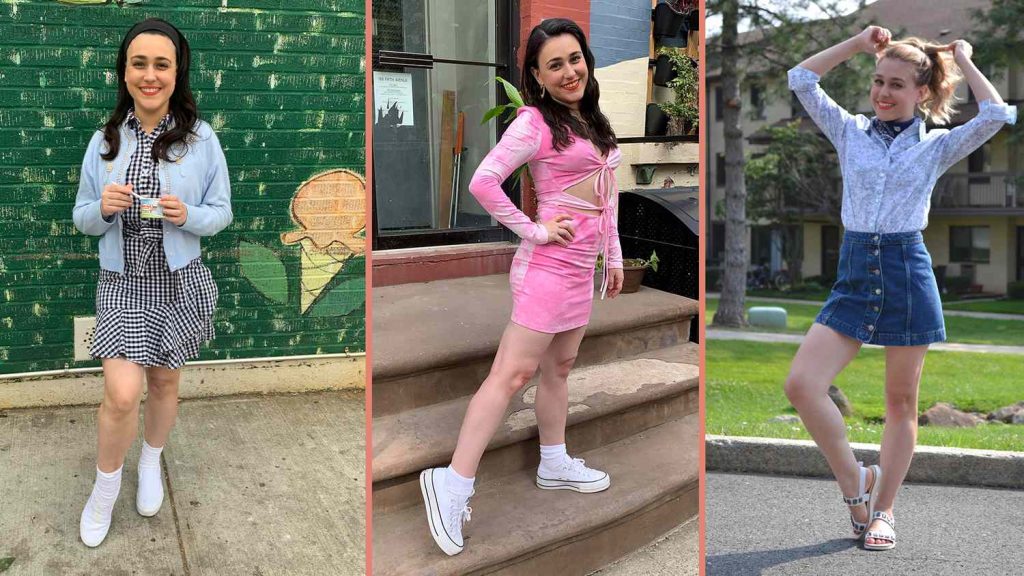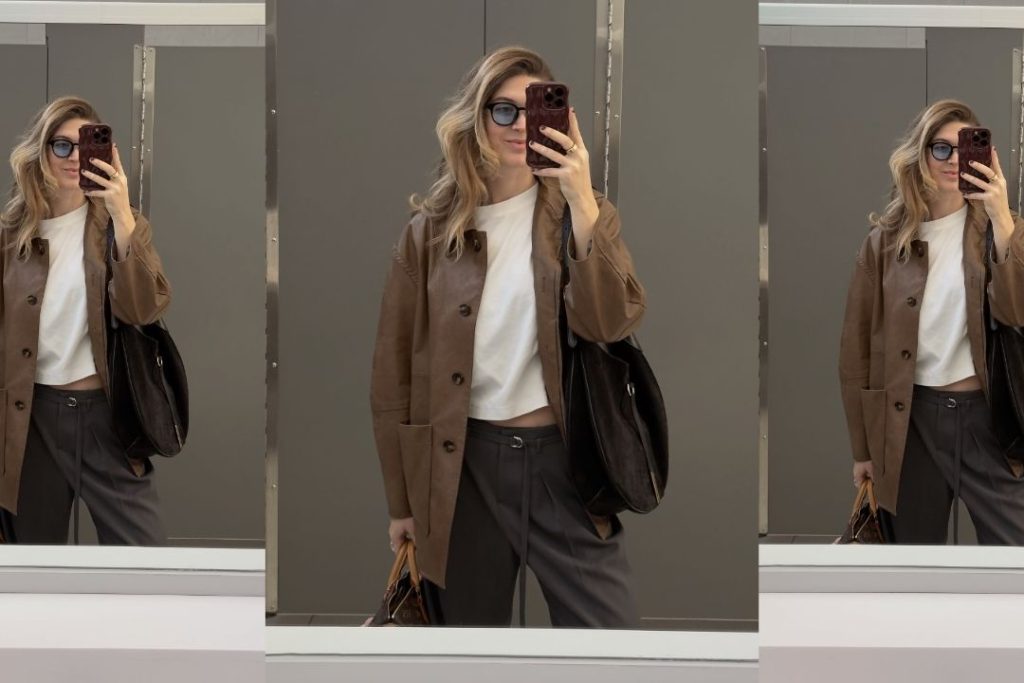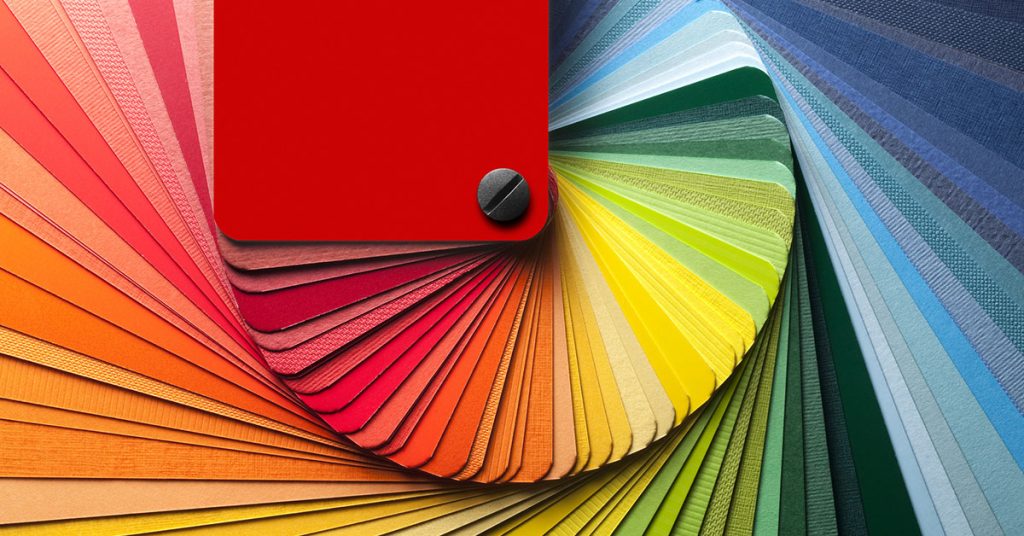How to find your personal style

Finding your personal style is more than just choosing clothes—it’s about expressing your personality, values, and lifestyle through the way you dress. Personal style reflects who you are, boosts confidence, and can even influence how others perceive you. While trends come and go, developing your own unique look is timeless. If you’ve ever felt overwhelmed by fashion choices or unsure how to define your aesthetic, these steps can guide you toward discovering a style that truly feels like you.
1. Understand Your Lifestyle and Needs

Your personal style should align with your daily life. Start by evaluating your routines, work environment, social activities, and hobbies. For example, someone who works in a corporate office may need polished, professional pieces, while someone with an active lifestyle may prioritize comfort and functionality. Consider how much time you’re willing to invest in your wardrobe—do you want pieces that are easy to mix and match, or are you excited by statement items? Understanding your lifestyle will help you focus on what works best for you and avoid buying things that look good in theory but are impractical in reality.
2. Assess Your Body Shape and Fit Preferences
Personal style isn’t just about trends—it’s about what feels comfortable and flattering. Take time to understand your body shape, proportions, and fit preferences. Some people feel confident in structured, tailored clothing, while others prefer flowy, relaxed silhouettes. The key is to find pieces that enhance your best features and make you feel good. Don’t force yourself into a style that feels unnatural; comfort is a crucial component of authenticity.
3. Find Inspiration
One of the easiest ways to define your style is to look for inspiration. Browse fashion magazines, Instagram, Pinterest, or street style blogs to identify looks that appeal to you. Pay attention to recurring themes in the images that catch your eye—colors, textures, patterns, or accessories. Are you drawn to minimalist, neutral tones or bold, eclectic combinations? Collect these visuals in a mood board to visualize your emerging style. Over time, patterns will emerge, giving you a clearer picture of your aesthetic.
4. Identify Your Signature Pieces
Signature pieces are items that define your style and appear consistently in your wardrobe. These could be a favorite type of jacket, a specific color palette, or an accessory like a hat, scarf, or watch. For instance, some people gravitate toward classic blazers and tailored pants, while others might favor oversized sweaters and sneakers. Your signature pieces should reflect your personality and be versatile enough to mix with other items in your wardrobe. Developing these staples ensures you always have go-to pieces that make dressing effortless.
5. Experiment and Take Risks
Finding your personal style often involves trial and error. Don’t be afraid to step out of your comfort zone and try new silhouettes, colors, or patterns. Visit thrift stores, boutiques, or online shops to explore pieces you wouldn’t normally consider. Fashion experimentation allows you to discover what resonates with you and what doesn’t. Over time, you’ll learn which choices feel authentic and which are better left behind.
6. Declutter and Edit Your Wardrobe
A key step in defining your style is assessing what you already own. Go through your wardrobe and separate items that truly reflect your personality from those that feel like they “should” be in your closet. Donate or sell pieces that don’t align with your vision. A curated wardrobe makes it easier to mix and match outfits, ensures you wear what you love, and eliminates decision fatigue when dressing.
7. Consider Your Colors and Patterns

Colors and patterns play a huge role in personal style. Some people feel most confident in neutrals, while others thrive in bold, vibrant hues. Patterns, such as stripes, florals, or geometric prints, can further define your aesthetic. Consider experimenting with a few color palettes and patterns to see what complements your complexion, personality, and lifestyle. Once you find your preferred combinations, you can use them as the foundation for your wardrobe.
8. Stay Authentic
Above all, personal style should reflect you, not anyone else. Avoid copying trends blindly or following influencers just because it’s popular. Authenticity comes from wearing what makes you feel confident and comfortable. Remember, your style may evolve over time, and that’s okay—personal growth and changing tastes are part of the journey.
Conclusion
Finding your personal style is an empowering process that combines self-discovery, experimentation, and intentional wardrobe choices. By understanding your lifestyle, body shape, color preferences, and signature pieces, you can create a style that reflects your personality and enhances your confidence. Remember, personal style isn’t about perfection—it’s about expressing who you are. Take your time, explore, and most importantly, enjoy the process of defining your unique fashion identity.
